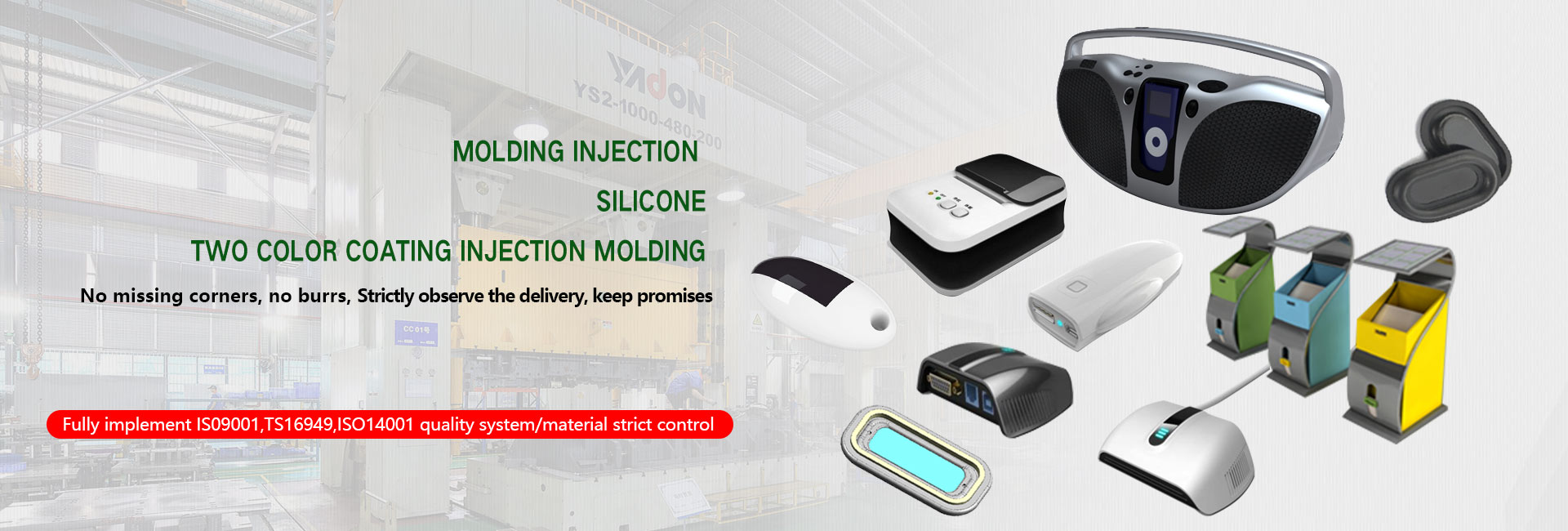News
Cost effectiveness of automated forming for precision mechanical parts processing in Shenzhen
During the process, metal forming may be an expensive and timely process when manual operation is used. Using the operator to set the punch and ensure that the mold is processed correctly may result in inconsistent product quality. For example, if there are requirements for positive and negative bending, the operator needs to manually rotate the part and then move between multiple steps in the forming process. This requires both attention and multiple operators, which may hinder manufacturing speed.
Robotic errors
In the automation process, robots and computers control the flow and placement of parts during the forming process. The use of automation ensures that the parts are placed in the correct position every time CNC programs and fixtures are used. Due to the automatic handling of materials, they are carried out in exactly the same way each time, eliminating potential positioning errors caused by manual operations.
Computer control also allows parts to be transferred between different stages with the same accuracy, while eliminating contact between people and parts. The operator's presence is only required to ensure the normal operation of the equipment.
24/7 production
In terms of continuous production, automatic forming is not subject to the same limitations as manual forming. When manual operation is involved, the machine will experience a shutdown. For example, Shenzhen machining companies may also suffer losses due to operator rest, illness or injury, or even simple changes in shift workers.
In addition, by reducing the demand for automation related operators, it is easy to relieve the responsibilities of monitoring process operators without interrupting production. Even if the operator leaves for a short period of time, production can continue, improving the efficiency of production operations.
Another reason for the increased productivity of precision mechanical parts processed by automated forming is that the cycle time of parts processing can be greatly shortened. Automation can improve material handling capabilities because devices can move components that are too heavy or too large for humans. In addition, reducing the cycle time of parts will allow for the production of more parts with a lower budget.
Cost efficiency and flexibility
Reducing costs is also a major benefit of automated forming of parts processing. The flexibility of robot forming allows for the production of multiple parts using the same equipment. Can quickly perform restructuring and easily adapt to engineering changes of parts. Robots can work together in multiple stages through programming to reduce forming time, and can also be used to increase unsafe loads on humans. This increases the safety of operators and can reduce manufacturing costs.
Long or short term operation can also adapt to automation, making it an ideal choice for companies looking for affordable options. If customers need further production, automation can continue to produce the quantity of parts they need to achieve the high quality they need.
Today's automated processes are an effective choice for many Shenzhen machining companies of different scales. Whether it is mass production or limited batch production, automated forming can produce high-quality parts in an economical and effective manner.
 sales@artm-group.com
sales@artm-group.com EN
EN CN
CN




